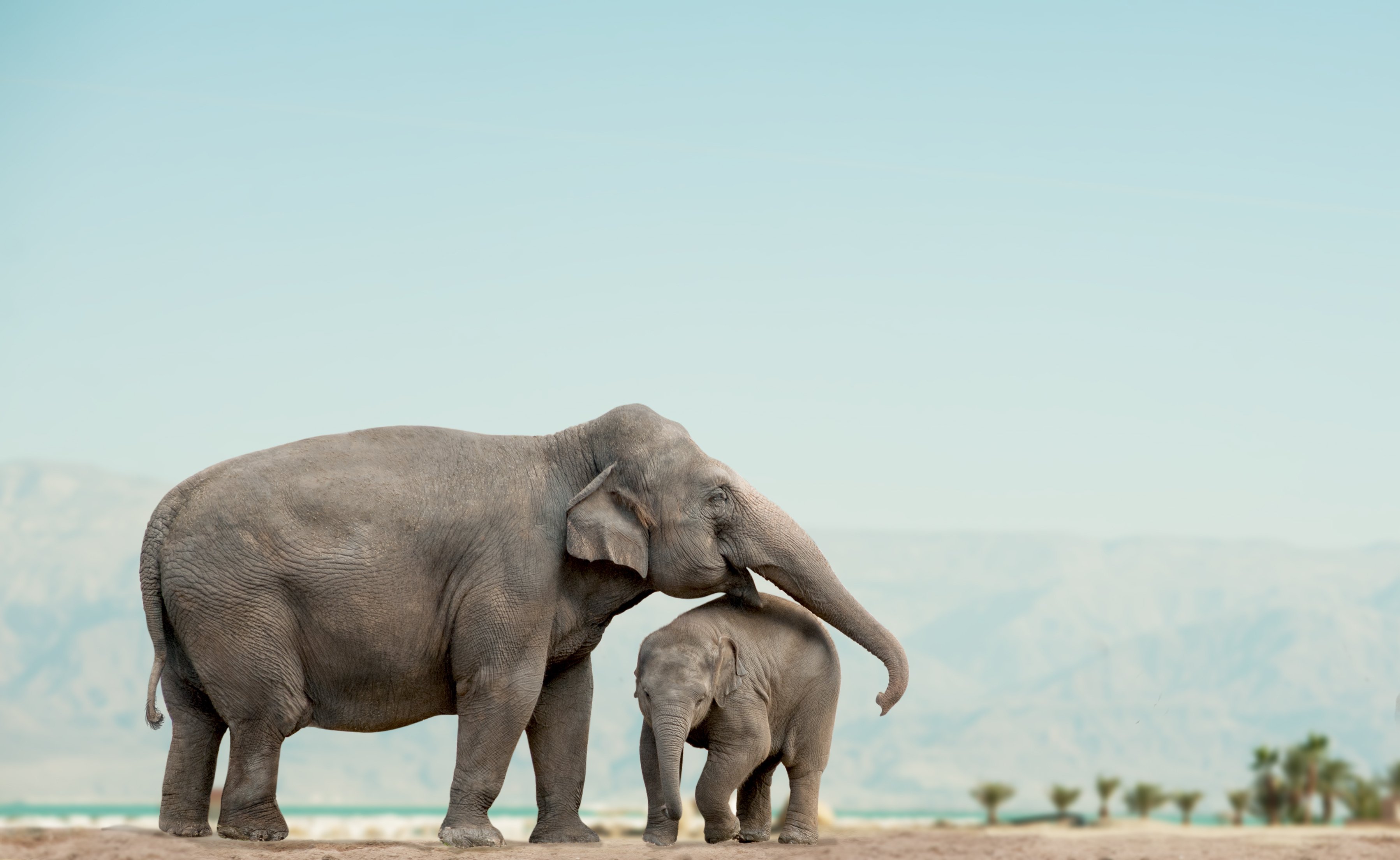A Rapidly Melting Glacier & a Mixed Bag of Emotions: What to Do Next
We have to hold fast to the fact that it is still possible to achieve 1.5ºC if we act now, and that we frankly have no option but to achieve it.
Christiana is a Founding Partner of Global Optimism, co-presenter of climate podcast, Outrage + Optimism, and co-author of The Future We Choose: The Stubborn Optimist's Guide to the Climate Crisis.
Published
30 September 2021

Last month I visited Greenland with Extreme E, the all-electric SUV race, which travels the world by repurposed cargo ship, not electric yet, but almost, and is constantly pushing the boundaries of what’s possible when it comes to electric SUVs. Extreme E targets the transformation of SUVs because they are the highest selling vehicle in the US.
The races and teamwork were thrilling. But the backdrop was collapsing. We’d arrived in Greenland a few days after the first ever rain was recorded on the ice cap. It was warmer than London. Ice was melting into rivers. Millions of pieces of the glacier were floating on open water.
Annual snowfall can no longer replenish the melting ice from Greenland's ice cap: the entire ecosystem is in a state of collapse. Witnessing this first hand, I felt the precariousness of our situation more deeply than I ever have. We cannot avoid the inevitable sea level rise this melting will bring, not to mention other interconnected impacts to our weather systems and ocean currents.
Footage of a river on the Russell Glacier in Greenland | Global Optimism
No wonder so many young people feel as if humanity is doomed. No wonder the mental health impacts of our climate-changed world are coming so sharply into view. The water is coming into the house, leaving its mark and its mould, ruining lives and livelihoods. Of course our hearts are breaking.
I couldn’t help but compare the melting I saw with the tears we have cried and will continue to cry as we enter this period of grief for all we have lost and all we will lose in the coming decades: beings and beauty of all kinds.
At the same time I feel even more keenly the privilege we each have at this moment to choose to be brave and stand up for a regenerative future. A future in which we have been able to give adequate space to the pain, move beyond blame and assume the agency we all have to make a difference.
As we look forward to the climate conference in Glasgow in just a few weeks time, we have to acknowledge the inherent uncertainty: there is no guarantee humanity will do what is necessary to keep warming within 1.5ºC.
We know that as long as the supply of fossil fuels is not curtailed, as long as the fossil fuel industry continues to search for new reserves to extract, we stand no chance of reaching any planetary stability. And that’s just one of many other industry transformations we have to concurrently enact over the next few years.
At the same time, we have to hold fast to the fact that it is still possible to achieve 1.5ºC if we act now, and that we frankly have no option but to achieve it. There is still time for leaders of nations and corporations to take much bolder steps than they have done so far.
The Secretary General brilliantly expressed just how decisively we need to act at the UN General Assembly last week. Young people all over the world came out to say the same in their own inimitable way again last Friday.
They know that carving a better future won’t happen on its own: we have to be intentional, purpose-driven and downright stubborn about our objective.
Human beings have put people on the moon and into space; we have conquered deadly diseases; we have extended life expectancy and decreased child mortality; we have expanded girls’ education and brought millions out of poverty; we have learned how to harness energy from the wind, sun and water.
We have what it takes. And we have a vast array of transformative tools including advanced technologies, purpose-driven finance, and effective policy. The challenge now is to deploy them exponentially so we might at least match, and ideally outpace with solutions - like electrictrifying transport - the exponential changes nature is throwing our way.
To do that, we need to go even beyond the tools we choose for how we address the future. It’s time for us to also embrace this historical moment of great crisis and consequence as a trampoline for evolving our sense of who we are.
Human capacity for vision, solidarity, kindness and creativity is 100% renewable and endlessly abundant. We can still be a catalyst, each of us.







